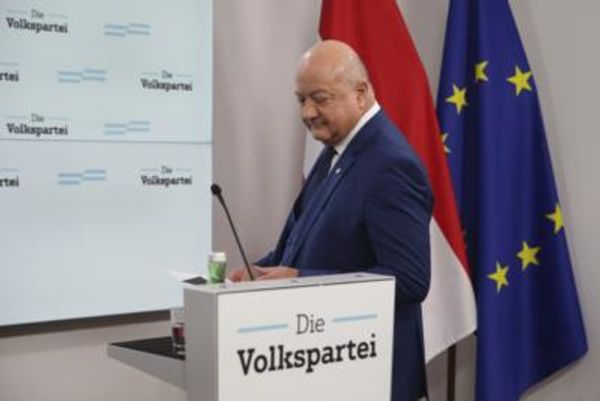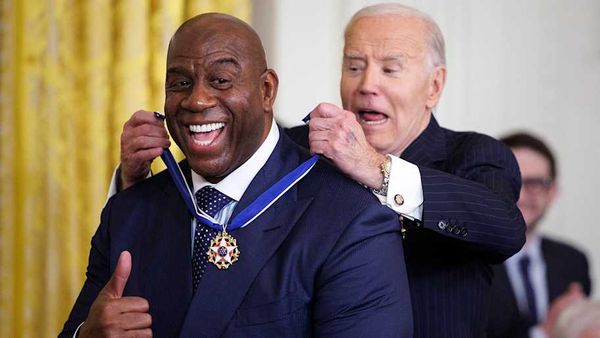
This year’s local elections are being held across more than 230 councils in England next month.
It is the first big test at the ballot box for Rishi Sunak since becoming Prime Minister and Conservative leader in October.
It will also indicate how Sir Keir Starmer’s Labour Party could fare at the next general election and whether he has built on plummeting polls for the Tories.
Here, The Telegraph details all you need to know about the local elections in May.
When are the next local elections?
The 2023 local elections in England will take place on Thursday, May 4.
The majority of results are expected to be announced the following day, although some will take a little longer.
This year’s local elections cover district councils, metropolitan boroughs and unitary authorities.
Registration to vote at the local elections is currently open via the gov.uk website. The deadline to register is 11.59pm on April 17.
Where are elections taking place this year?
Elections are taking place across the country.
Contests that will be watched closely include a number councils in traditional Conservative heartlands in the South, and Tory seats in the former Labour "Red Wall" in the North.
Some 230 councils are being contested, of which 83 are Conservative-run, 49 are controlled by Labour and a further 17 are Liberal Democrat.
Eighty of the councils up for grabs are under no overall control, meaning no party has a majority. Meanwhile, Ashfield is controlled by the Ashfield Independents.
Metropolitan councils
Unitary councils
District councils
Who can vote?
Anyone living in an area covered by where a council election is taking place is able to vote, as long as they are over 18 and registered to do so.
However, for the first time, voters will need to bring their ID to the polling booth.
What are Labour’s targets?
Last year’s election was a mixed bag for the Labour Party. Some ground was made in Wales and Scotland, but very little in the North of England where the party has struggled since Brexit.
However, in London the party won two-thirds of seats - their highest in history - and saw modest gains across the South East.
It will be in Southern England where Labour will hope to gain ground on the Tories. Complete council takeovers are unlikely given the margins Labour face, but there might be some key swings for the party.
In Milton Keynes, Labour needs just two councillors to overtake the Conservatives as the largest party. In Bedford, they need to steal just one.
And there are ample opportunities for the party to retake symbolic ground in the North.
In Blackpool, Cheshire West and Middlesbrough, the party is just a handful of councillors away from an absolute majority after a poor showing in 2019 and recent defections.
In South Ribble, the party could claim its first majority since the 1990s.
What are the Conservative’s targets?
The Conservatives have the most to lose at the election.
Almost 5,000 of the councillors defending their seats are Tories, and given the poor turnout in recent polls, it is likely they will lose hundreds of seats.
In Brentwood, Ashford, South Hams and Cherwell, dropping just one councillor would see the party lose overall control.
In King’s Lynn and Stratford-on-Avon they could drop below a majority for the first time since the early 2000s.
Overall, the Conservative’s have a 60 per cent majority or less in 35 of the 230 councils up for election.
The worst case scenario would be a repeat of the 1995 council elections, when the party dropped from a third of councillors to just twenty per cent in one night.
It is unlikely that Labour will achieve such a swing, but anything close would be disastrous for the Tories.
What are the Liberal Democrats targets?
Behind poor performances for both Labour and the Tories last year was a resurgent Liberal Democrats.
The party secured their largest proportion of seats in the South since 2010, and will hope to cement these gains across the “Blue Wall” this year.
The Liberal Democrats have historically performed well in places such as Bournemouth, South Norfolk, West Berkshire, Windsor, Uttlesford and Worthing, but are currently lagging behind.
The party will hope to repeat the successes they have seen in places like St Albans, South Cambridgeshire and Chelmsford, where they have increased councillors by 30 per cent in the past couple of elections.
And they will also be hoping to put pressure on Labour, after taking overall control away from Labour in Hull last year.
They will be hoping to put pressure on Labour in Sheffield and Cambridge, two cities which have had strong Liberal support in the past.
What are the possible outcomes?
While turnout at local elections tends to be relatively low, with those who do take part often preoccupied by council-level concerns rather than the national picture, the results will be watched closely just over half a year into Rishi Sunak’s premiership.
In the 2019 local elections – the last time the majority of the same councillors and wards will have been up for election – both the Conservatives and Labour struggled for support.
The two main parties garnered 28 per cent each amid Theresa May’s woes over Brexit and the unpopularity of Jeremy Corbyn.
Projections by expert pollsters suggest the Conservatives could lose more than 1,000 seats next month following a year of political turmoil – taking in three prime ministers and scandals including partygate and the Chris Pincher affair – as well as anger over tax rises.
Sir Keir Starmer will be hoping Labour can make gains that come close to its current national poll lead of around 20 percentage points. Only small advances for Sir Keir, whose personal popularity lags that of his party, would cast doubt on his prospects at a general election.
The Liberal Democrats, meanwhile, will be targeting a number of traditional ‘Blue Wall’ seats in the Tory heartlands. These include Surrey, Reading and Woking, and Sir Ed Davey’s party hopes to use the local elections as a “dry run” to win dozens of these constituencies at a national level.
Do I need to bring photo ID to vote?
In short, yes. The new requirement to provide photographic ID at the polls comes into force this spring, in an attempt to stop people impersonating others at the ballot box.
The Government has funnelled as much as £5.6 million of taxpayers’ money into a public information campaign around voter ID, although early signs suggest there has been relatively low uptake among those who need to register.
Downing Street insists the scheme will serve to prevent voter fraud and impersonation, although critics claim it risks disenfranchising low-income and minority groups of voters.







